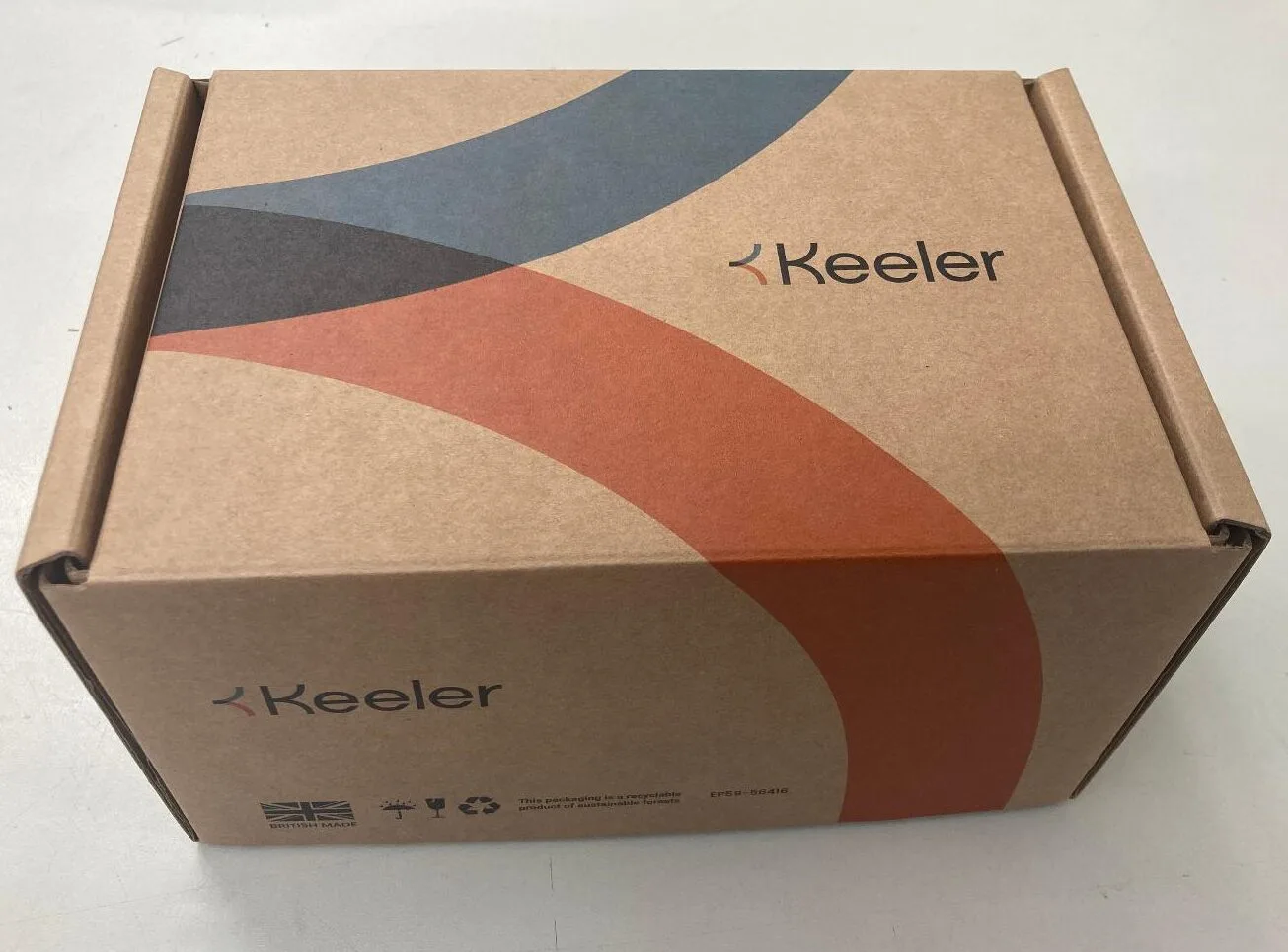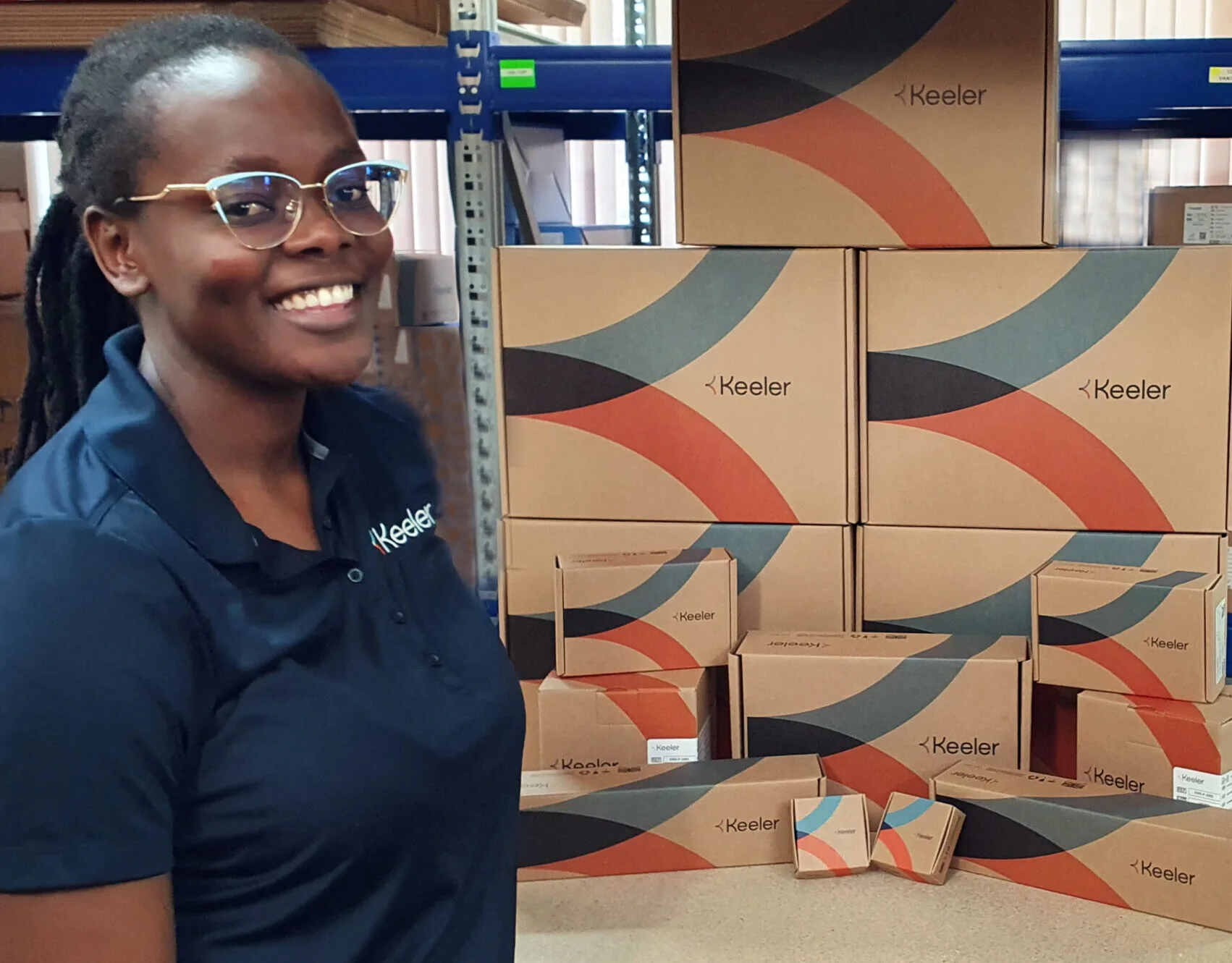
A Closer Examination of Corneal Thickness and IOP

Are you fully aware of the connection between corneal thickness and IOP? When your patients have higher than normal IOP or intraocular pressure, this heightened measurement of fluid pressure places them at a much higher risk of developing glaucoma. However, some patients with a low IOP may definitely have glaucoma; while some with high IOP may have no glaucoma.
In addition, the link between corneal thickness and IOP is virtually undeniable, and corneal thickness plays a critical role in interpreting eye pressure. As a result, it’s important to consider corneal thickness as well as IOP when deciding your patient’s glaucoma risk. Continue reading to learn more about the connection between corneal thickness and IOP as well as how you should use this information to provide better treatment.
A Deeper Look at Corneal Thickness and IOP
Corneal thickness is critical because it can distort the accurate reading of IOP, which can cause physicians to either:
- Treat patients for a condition that may not exist, or
- Unnecessarily treat patients when they are normal.
Simply put, the real IOP may be overestimated in patients who have a thicker corneal thickness. In contrast, the actual IOP may be underestimated in those with thinner corneal thickness.
Understanding this correlation is critical to the diagnosis. Some who have been diagnosed with ocular hypertension may be better treated as normal based on a more accurate corneal thickness measurement. And those who have normal tension glaucoma may be more effectively if the practitioner treated them as if they had regular glaucoma. In light of this discovery, make sure take this correlation into account for an accurate diagnosis.
Thicker Corneal Thickness & IOP
If a patient has a thicker cornea, it typically means they have less reason to worry about glaucoma. Why? Because patients with a thicker cornea typically show a higher IOP reading than what it actually is. In other words, their IOP reading may be lower than what it is presumed to be, which means they have a lower risk for developing glaucoma. Even so, it’s still important to conduct regular eye exams to monitor any changes and stay aware of eye pressure.
Thinner Corneal Thickness & IOP
In many instances, patients with corneal thicknesses lower than 555 µm can return IOP readings that are artificially low. This can be especially dangerous because if the patient’s IOP is higher than the reading suggests. It often leads to a misdiagnosis where the patient could be unknowingly at risk. If left untreated, high intraocular eye pressure can lead to glaucoma as well as vision loss.
Measuring IOP with the Tonometer
At one point in time, practitioners thought corneal thickness was the same in all patients. Yet, today there is a consensus that corneal thickness is quite different from person to person. One simple, quick, and painless test that can be used to measure corneal thickness is conducted by the pachymeter, such as:
At the same time, the tonometer is used measure the intraocular pressure. And Keeler offers a range of different types of tonometers effective at delivering effective IOP measurements, including:
- AccuPen Handheld Tonometer
- D-KAT R-Type Digital Keeler Applanation Tonometer
- D-KAT T-Type Digital Keeler Applanation Tonometer
- D-KAT Z-Type Digital Keeler Applanation Tonometer
- KAT R-Type Keeler Applanation Tonometer
- KAT T-Type Keeler Applanation Tonometer
- Pulsair Desktop Tonometer
- Pulsair IntelliPuff Tonometer
- TonoCare
Making Concessions for Corneal Thickness When Measuring IOP
Today, we know that by using a tonometer the accuracy of intraocular pressure measurements may be misleading. In addition to corneal thickness, here are a few key factors that can affect a patient’s IOP measurements:
- Previous corneal surgery can affect IOP measurements as well as high levels of astigmatism. If your patient has had LASIK surgery, it may become more challenging getting a reliable IOP measurement.
- IOP measurements can fluctuate during the day. IOP readings can be higher in the morning, which means you may need to take pressure readings as late in the day as possible for certain patients.
- Out-of-the-office activities can affect IOP measurements, such as drinking large volumes of liquid, using marijuana, and alcohol consumption.
- Corneal scarring can result in higher IOP readings, while patients with corneal edema may have lower readings.
To help improve the accuracy of your IOP measurements, your exam technique is crucial. Avoid touching your patient’s eye. If you must hold the patient’s eye open, avoid putting pressure on their eyeball. Also, try to avoid having your patient lean far forward. If your patient is wearing a tight collar around their neck, ask them to unbutton their shirt or loosen their collar.
Contact Keeler Ophthalmic Instruments for Reliable Equipment
While corneal thickness is proven to affect your IOP reading, it all starts with having reliable equipment. For more than 100 years, Keeler Ophthalmic Instruments has been manufacturing cutting-edge equipment and a world-class line of contact and non-contact tonometers. We’ll work closely with you to understand your needs and guide you to the most suitable solution.
Contact Keeler Ophthalmic Instruments today.




